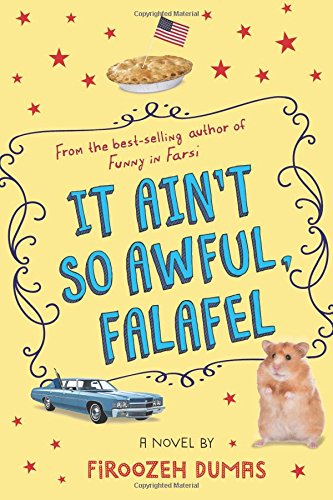“Thomas Fall was born in the Ozark Mountains of Arkansas in a community with many Cherokee Indians. and grew up in western Oklahoma among many families of Plains Indians.” The author may have had some Native American ancestry himself. Edge of Manhood tells the story of See-a-way, a Shawnee boy growing up in Indian Territory (Oklahoma) at the end of the nineteenth century.
“This story of a Shawnee Indian boy’s view of the end of the age of the American Indian does not depict the life of any person living or dead. All the episodes and characters are imaginary.
Such a story might actually have happened in the 1870’s. It was during this period that wester expansion overran the Indian Territory (now the state of Oklahoma) where dozens of Indian tribes from the South, East and North of the United States had already been pushed by the white man. It was here that railroads, and consequently commerce, finally caught up with the American frontier.”
~Author’s Note, Thomas Fall
Cultural assimilation, the violent clash of cultures, colonization, war, peace, revenge, forgiveness—we are still discussing and debating these very issues in our own day and time. Edge of Manhood places these ideas and controversies within a specific place, the Indian Territory, and with an individual, See-a-way, in a specific culture, the Shawnee tribe of Native Americans. But the themes are universal.
See-a-way must decide, first of all, whether to cling to his own culture and traditions, to the exclusion of the new ways of the white man. At first, it seems to be an easy decision. See-a-way is determined to never go to the white man’s (Quaker) school or learn their ways. In fact, See-a-way’s burning desire is to shoot a white man, even though he has never met any white people. Even his frenemy from the Pottawatomie tribe, Blue Eagle, tells him: “See-a-way, you are still more stupid even than the sheep and the cow. You should have been born a naked Indian of the plains, so you could run around in a breechclout and do war dances and raid the white people all your life. The poor Plains Indians will be wiped out completely if they do not realize that they must learn the white man’s way.” But See-a-way is “furious” at this reprimand and becomes even more so when his family experiences even more tragedy and injustice at the hands of the white men.
Now See-a-way has another choice to make: revenge or surrender and forgiveness. Again, See-a-way chooses to act as most of us would act, at the behest of his anger and desire for retribution. I won’t spoil the ending for you, but suffice it to say, See-a-way does creep toward the edge of manhood with some help from his own people and from his people’s enemies, the Pottawatomie and even the white men.
This coming of age story is short, only eighty-eight pages long, but it is full of wisdom and excellent storytelling. Students who are studying the U.S. western expansion and the defeat and the near destruction of the Native American tribes who lived in the Great Plains would do well to be introduced to See-a-way and his growth into manhood. The book would be especially good for boys, and as I said before, it could apply to current day clashes and issues, although no situation in history is exactly analogous to another or reenacted in exactly the same way again. Bethlehem Books’ In Review, Winter 1996, The Move West–Exploration and Frontier Life in North America lists this book and recommends it as “of interest for grades 5-8.”










